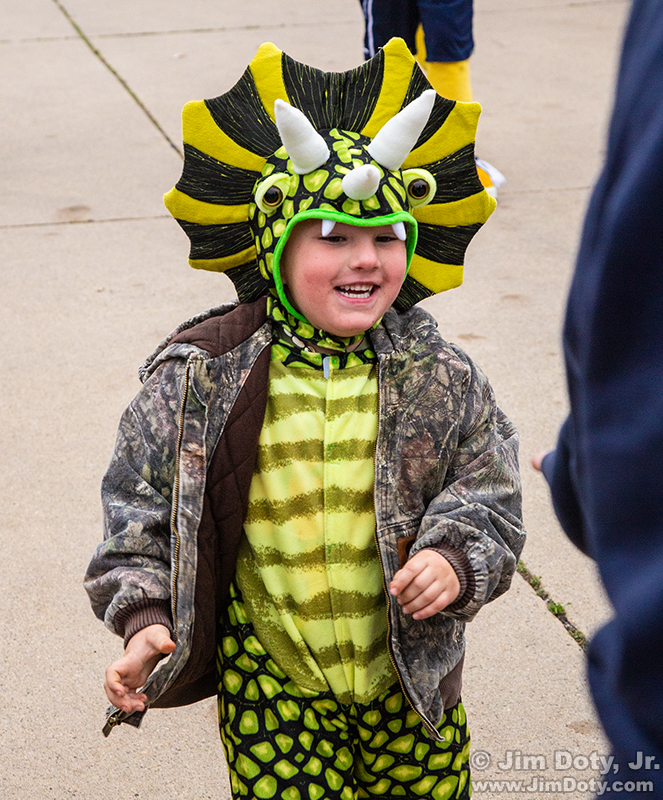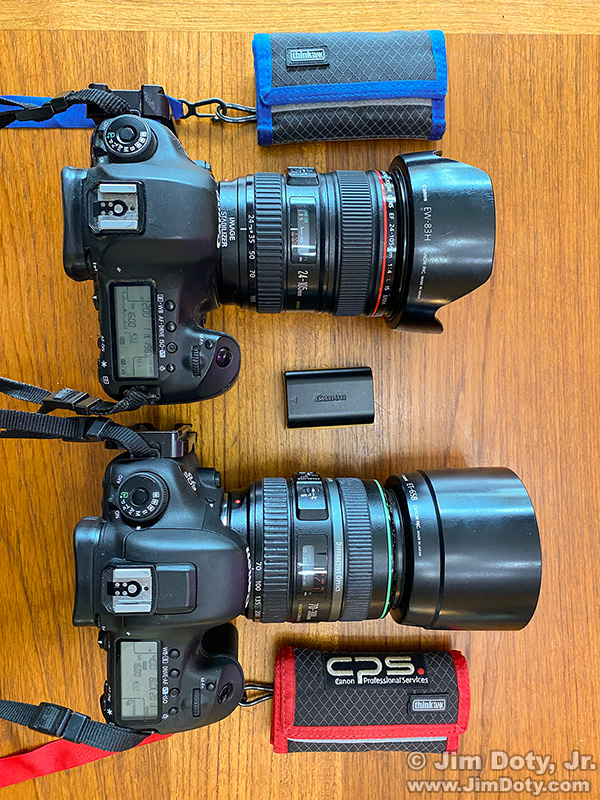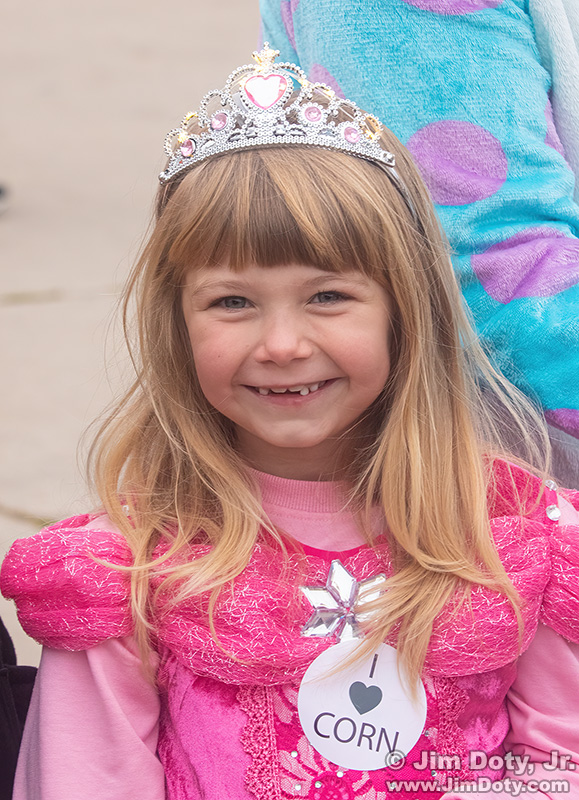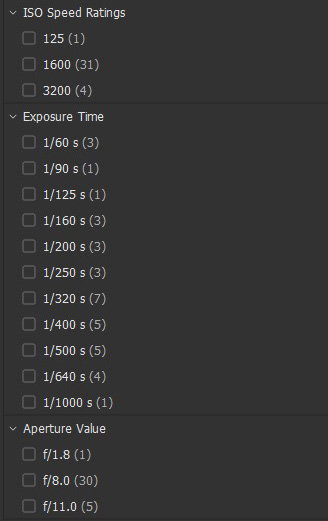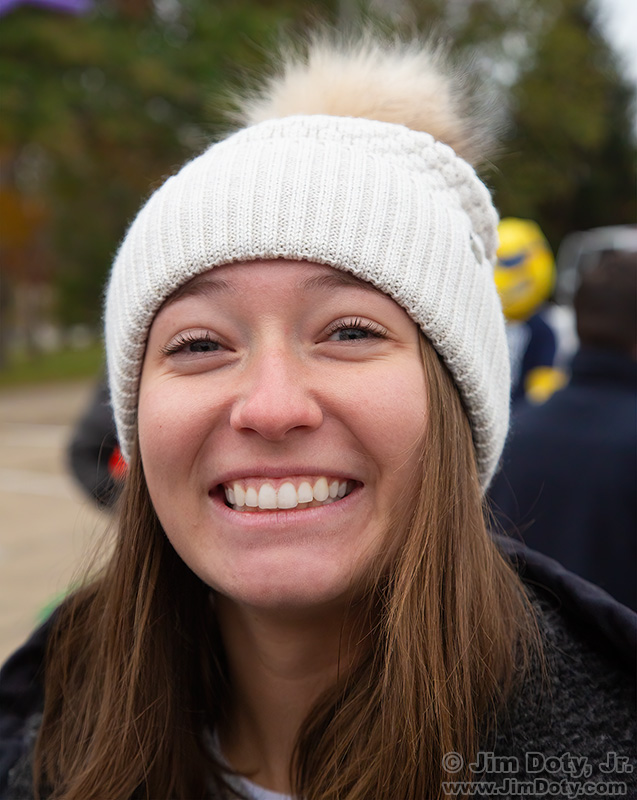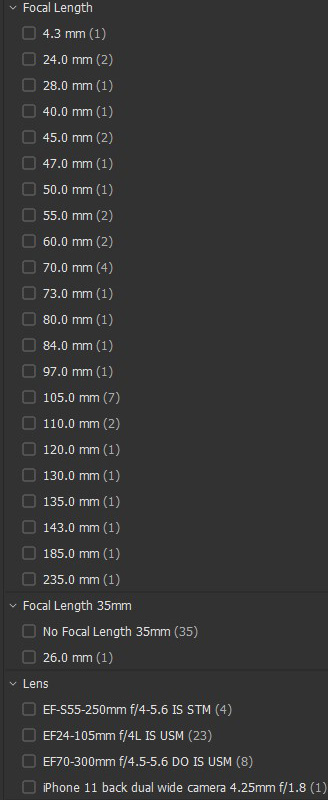If I am photographing an event and the light is constant, I shoot in manual mode for the most accurate exposure and the best color. But if the light is variable, there isn’t time during an active event to be constantly changing the exposure because you will miss too many photo ops. That means shooting in an automatic mode.
It was cloudy for most of Trunk or Treat and the light intensity was changing all the time. So I chose to shoot in aperture priority mode. Why aperture priority instead of shutter priority? It is a tip I learned from a professional photographer at a college football game. As long as the shutter speeds are fast enough, which you control by the ISO you choose, you want to control the aperture so it isn’t bouncing all over the place. In shutter priority mode in some situations you can run out of apertures. In aperture priority mode you almost never run out of shutter speeds. So I choose the aperture I want and make sure the ISO is high enough that my shutter speeds don’t get too slow.
I set both cameras at ISO 1600 when I started shooting. I set the Canon 5D3 with a 24-105mm lens at an aperture of f/11 for a bit more depth of field. I set the Canon 7D2 with the 70-300mm lens at an aperture of f/8 which gave me shutter speeds one stop faster for the longer lens. In both cases the cameras chose the shutter speeds. Everything was hand held (no tripod) so I wanted to keep the shutters speeds for the 24-105mm lens at 1/125 second or faster and the shutter speeds for the 70-300mm lens at 1/250 second or faster. ISO 1600 did that for both cameras. If it didn’t, I would up the ISO. Both lenses have image stabilization for some extra sharpness insurance at lower shutter speeds.
When I thought I had enough photos for the day, I left to get a cup of hot chocolate. Then I decided to go back, so I grabbed a featherweight Canon SL3 with a 55-250mm lens, I had to bump the ISO on the SL3 up to 3200 to keep the shutter speeds where I wanted them.
This screen capture from Adobe Bridge shows all of the exposure settings for my 36 best images of the day. I will post them later. These settings include all three DLSRs, plus one photo with my iPhone. The slower shutter speeds (Exposure Times) were from later in the day as it got progressively darker. The one photo using an f/1.8 aperture was the iPhone photo. The iPhone was also responsible for the one photo taken at ISO 125.
For those of you who are curious, here are the focal lengths for my 36 “select” photos, and the number of photos taken with each lens. I do not set out with predetermined focal lengths in mind when I shoot this kind of event. I use whatever focal length works best for each image. As you can see, the focal lengths are all over the place.

